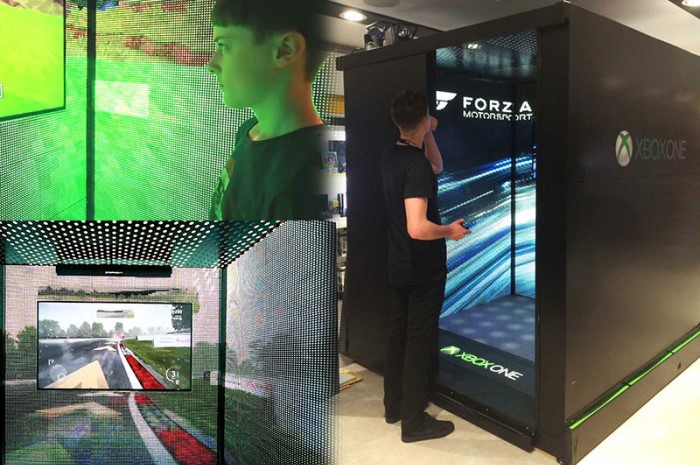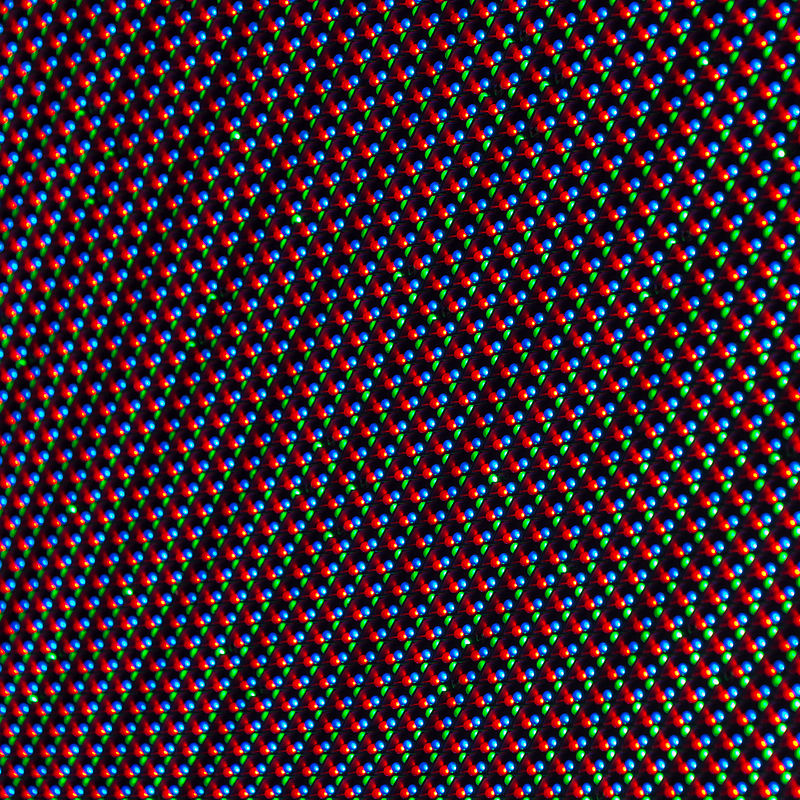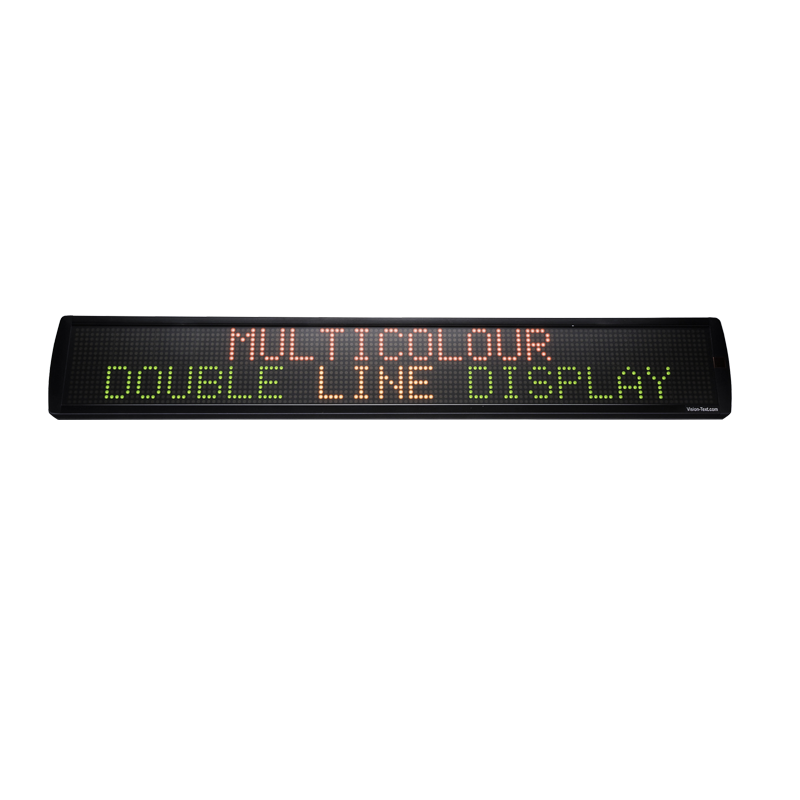Top Facts On Deciding On Cob Led Display
Wiki Article
How Important Is The Brightness Ratio As Well As Contrast When You Are Researching Led Displays?
When looking into LED displays contrast and brightness are crucial factors to take into consideration in light of their major impact on the clarity and overall quality of the LED display, especially in various lighting conditions. This is why they are essential:
1. In different lighting situations, visibility
The brightness is measured by the number of nits or candelas/square meter. It determines if the display will be visible in different lighting situations. For outdoor displays that have intense ambient light (like direct sunlight), a high brightness (typically between 10,000 and 5,000 in nits) is essential to ensure that the content is clear. Indoor displays require less brightness (usually 500-1500 nuits). However the brightness can be adjusted to suit various environments.
A high brightness is essential when the display is set in brightly lit environments or outside. Insufficient brightness could render the display unusable, since the content could become obscured or smudged by direct sun.
2. Image Quality and Clarity
Contrast ratio: The contrast is the difference in brightness between the most white and the darkest black. A higher contrast rate increases the image depth by increasing the brightness of the colors as well as increasing the quality of the content. This is especially important when it comes to displays that display dynamic content such as videos or images with high contrast.
Displays with high contrast ratios, which are better suited to more complex content, like films, ads and broadcasts. A low contrast display might cause dark areas to appear gray and lessen the visual impact.
3. Color Accuracy and Visual Impact
Color accuracy and brightness The brightness is crucial to ensure color accuracy. A display with consistent and adequate brightness will reproduce the colors more accurately. This is crucial in branding, advertising and any content where integrity in color is crucial.
The perception of brightness and contrast A display with a high contrast can create a brighter appearance. Although the nit rating of two displays are similar and the one with more contrast will have brighter images.
4. Energy Consumption
Brightness as compared to. Power Efficiency In general, brighter levels of illumination generally require more power. To achieve the best balance between brightness and energy efficiency in displays that are utilized 24/7 or as part of large-scale installation, it is important to take into account both. Technology advancements in LEDs have resulted in more energy efficient displays that can deliver large brightness, but not with excessive energy consumption.
5. Content Versatility
Brightness of Different Content Types The brightness of different content types can differ according to the type of content you are employing, for example static images, text or even dynamic videos. Text-based content for example is benefited by high contrast to make it easier for users to read, whereas video-based content might require both contrast and brightness.
Application: In situations that have a variety of types of content (e.g. event displays or screens for advertising), adjusting the brightness and contrast of the display can help it adapt to changing demands for content.
6. User Experience
Brightness Adjustability Displays that support either automatic or manual brightness adjustments will offer better user experience because they are able to adjust to the changing light conditions during the daylight hours. This ensures that the display is in view at all times, without creating eyestrain or glare.
Contrast ratio and comfort for the eyes: High contrast ratios can help reduce eye fatigue, and make it easier for the user to remain engaged with the information, particularly for displays in public places, events or retail environments.
Conclusion:
Contrast and brightness are vital to ensure that an LED display functions effectively in its intended environment and provides clear, vivid and easy-to-read content. These elements can have a significant impact on the performance of the display and the visual experience, regardless of whether it is utilized outdoors or indoors, in dark or bright settings. When selecting the most suitable display, it is important to balance these factors along with energy efficiency requirements and the content requirements. Have a look at the best 3d led display for more examples including led screen transparent, tv the wall, outdoor digital screens, led in walls, led screen, led transparent display, led display screen, flexible led screen, church video wall, transparent led display screen and more.

What Is Important When Choosing Led Displays For Viewing Angles?
It is important to consider the viewing angle while looking into LED displays. Particularly in cases in which it is viewed on a variety of angles and from various positions. This is why the angle of view is important:
1. Uniform Image Quality
Definition: The LCD display's viewing angle is related to the maximum possible angle at which an acceptable display's performance is seen (normally in terms or the brightness and consistency of color). The viewing angle is determined in both the vertical as well as horizontal directions.
It is important to have a wide view angle. This will ensure that the quality of the image will be constant regardless of where you are positioned with respect to your display. This means colors do not shift and brightness does not decrease when viewing from the sides or below/above.
2. Audience Experience
Large venues are more susceptible to impact: Large venues such as arenas, concert halls and conference centers are able to accommodate a huge crowd spread across a vast area. Displays with narrow viewing angles can cause inadequate visibility and decreased quality of images for those seated at sharp angles towards the screen. This can result in an unsatisfactory user experience.
Application: Wide viewing angles are crucial for large installations or events, where the audience will be positioned in an arc around the screen. This ensures that everyone gets a clear view of the content.
3. Applicability to Public Spaces
Public Displays: At places such as shopping centres, transportation hubs or outdoor advertising, the angle from which people view the display will be critical, since viewers will be able to see the display from many directions. The display's ability to engage and attracting visitors would be constrained by a limited viewing angle.
Application: To display digital signage that is used in public areas A wide viewing angle maximizes the display's reach and ensures that the content is clearly visible and attractive from multiple perspectives.
4. Content Consistency
The uniformity of color and brightness Displays that has a bad viewing angle could show color shifting or a drop in brightness when viewed from off-center positions. This can be a problem when content is linked to brands, in which color accuracy and consistency are essential.
Application: Wide viewing angles are beneficial in environments where color consistency and branding are crucial, like retail displays or corporate environments. They ensure that the display looks just as intended from any location.
5. Installation Flexibility
Possibilities for Placement Wide viewing angles provide more flexibility regarding where they can be installed. As an example, it permits more imaginative placement possibilities such as wrapping the display around columns or placing it in areas where people can see it from different directions.
Application for LED displays that are architectural or creative such as those that are that are used in galleries, museums, or other immersive experiences, the large viewing angles can allow for more innovative design without compromising user experience.
6. Performance in Renting and Staging
Event Settings for rental and staging where displays are erected in various configurations and venues and in different locations, a wide view angle is essential to ensure that the display will perform effectively in any setting and will provide the same quality regardless of the position of the audience.
Application: Wide viewing angles are ideal for concert or trade shows, in which the audience is expected to move or view the show from different locations.
7. Impact on ROI
Maximizing visibility: A screen that has a large viewing angle will engage an even larger audience and boost its impact, which in turn will increase the ROI of your investment. This is crucial, particularly for advertising displays and informational screens. It is crucial to maximize visibility to achieve desired outcomes.
Application in a commercial setting to increase engagement, making sure the display's visibility is maintained from multiple angles can increase the quality of content displayed.
Conclusion:
The angles of view are a critical factor which directly impacts the effectiveness of an LED display. This is crucial when there is an extensive audience, displays that may be observed from various angles, or when the consistency of content is essential. When looking into LED displays, it is essential to choose a display with a large view angle. This ensures that the display is suited to your requirements and provides a good viewing experience to all users. Take a look at the top led rental screen for site recommendations including tv led wall, translucent led screen, led screen transparent, flexible led display, video wall church, transparent led screen, led video wall panels, display screens, led in the wall, transparent led screen and more.

How Important Is Content Management System (Cms) And Compatibility When Researching Led Displays?
It is crucial to think about compatibility and the content management system (CMS) when evaluating LED displays. These are particularly important in applications that require frequent updates, in which multiple locations have to be managed, or integration of other digital systems. CMS and compatibility is important due to a variety of reasons.
1. Simple Content Management
CMS Functionality A robust CMS allows easy creation, scheduling, and management of content across LED displays. It has a user-friendly platform for uploading content and organizing playlists. You can also schedule the display time.
Important: A robust CMS is vital for companies that update their content often, like retail stores, events venues, or advertising networks. It streamlines the operations and cuts down on time to manage displays.
2. Remote Control and Flexibility
Remote Management: A great CMS enables remote management of displays, allowing the content to be updated at any time from any place. This is particularly important for organizations who operate multiple displays on different sites. It allows centralized management and ensures consistency of messages.
Remote management is crucial in situations like digital signage networks, corporate communication or educational institutions in which displays are distributed across several locations. This allows for a consistent and timely delivery of content.
3. Scheduling, Automation and Automated Workflow
Content Scheduling. A content management system with scheduling functions gives users to schedule beforehand the content that will be displayed. This lets you concentrate on certain audiences, at specific times, or on special occasions.
Automated updating of content reduces time and guarantees that the content is updated regularly. This is especially beneficial for dynamic environments, like hotels, airports, or large spaces.
The CMS is an excellent tool for businesses managing content 24/7, such as broadcast news, transport hubs or large retail chains. It offers features such as automation and scheduling to aid them in running their businesses effectively.
4. Compatible with the existing systems
Integration is essential for a smooth operation. CMS systems that are able to incorporate other digital tools, like CRM analytics software, CRM, and platforms for creating content are highly valuable.
The LED display that is compatible with the system is ideal for environments where digital signage must be integrated into other systems. This includes smart cities, retail environments which integrate customer information, and corporate networks that are large.
5. Scalability
Future Expansion: A scalable CMS can grow with you, allowing easy addition of more displays, management of larger content libraries or expansion to other locations without the need to completely overhaul the entire system.
Applications: A CMS that is scalable is ideal for businesses who are looking to expand. It could be hotels, retail chains, or multinational corporations.
6. Variety of Content and Support
Content Types: A CMS should be able support a variety types of content formats including images, videos and texts. Interactive content is also available. This lets you produce engaging and diverse content that is suited to your customers.
Application Multi-content support is crucial in environments where diversity of content is essential like entertainment venues and educational institutions.
7. Security and User Access
Role-Based Access is a CMS that offers role-based access control can grant different levels of permissions for different users. This is important for ensuring that only authorized employees are able to make changes to critical content.
Security: It's essential that CMS is secure to safeguard against unauthorised access that could lead to unsafe or inappropriate content being displayed.
Access control are essential for institutions such as universities, government agencies, and large corporations that have a lot of users that manage content.
8. Real-time Content Updates
Live Content Integration In certain applications that require the ability to live-stream content or integrate live feeds, like social media or news, can be vital. This is crucial for broadcasts, live events, and any other situation which requires real-time content.
Application: In settings such as sporting arenas, live events and news outlets, the real-time updating of content ensures that the viewers receive the most current information. It also enhances relevance and impact.
9. Analytics and Reporting
Performance Metrics: A good CMS will have reports and analytics which allow you to monitor the effectiveness of your content. Understanding the level of engagement of viewers and content effectiveness is vital to optimizing the content for the future and ensuring that your displays are in line with their intended purpose.
Application: For companies who rely on data to make educated decisions, including retailers, retailers or public information systems, analytics and report capabilities are essential to analyzing and maximizing the performance and effectiveness of digital signage.
Conclusion:
Successful LED display strategies require an efficient CMS that is compatible and strong. These systems facilitate efficient content management as well as seamless integration with the existing system. They also allow for scaling, flexibility and a range of applications. When researching LED displays, you should look for the CMS that aligns with your needs for operation, is compatible with the widest range of types of content, offers robust security, and provides the tools necessary for effective content delivery and performance tracking. These features do not just enhance the functionality of the displays but also maximize their impact and return on investment. See the top flexible led panels for blog advice including led wall panels, led board rental, video wall church, transparent led display screen, flexible led screen, led wall, led in walls, outdoor led display screen, led screen transparent, church led wall and more.
